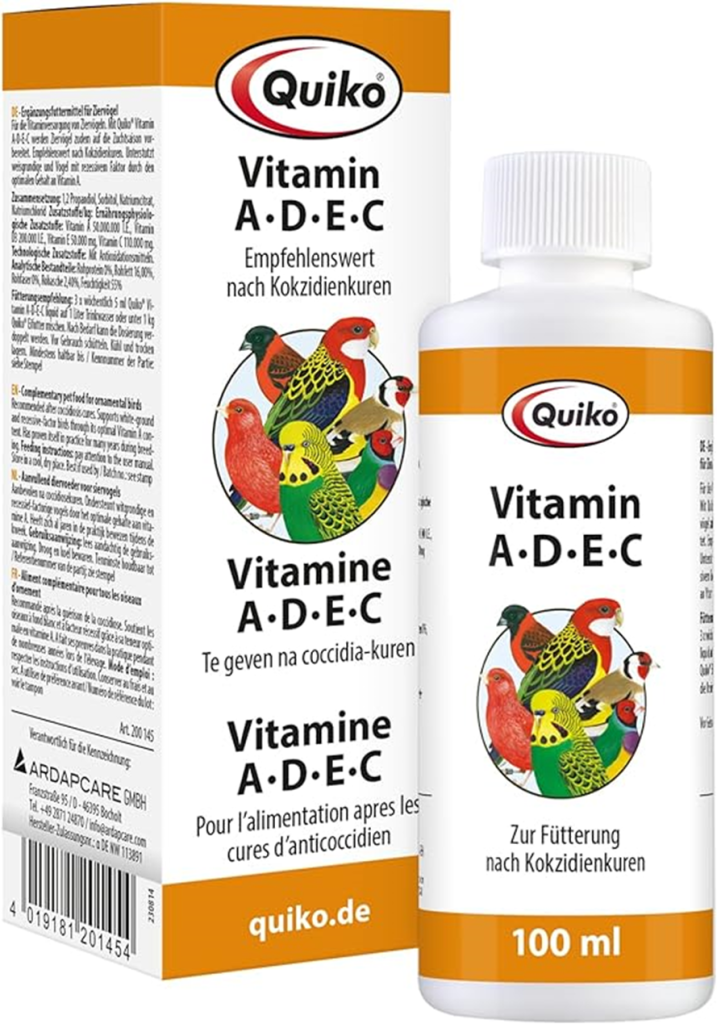Downy mildew (ND)/ Newcastle ND is a common widespread and economically important viral disease. It is a very sudden and very fast spreading disease. Well, it is found throughout the year but it is common in summer.The spread of this virus is through air. Also occurs through inhalation and mouth. Contaminated water and poor food can spread the virus. Additionally, the movement of goods and people also spreads the infection. Its symptoms depend on the strength of the virus causing the disease. If the virus is stronger, the disease spreads more and if the virus is weaker, the disease spreads less. The virus can survive in shed for several days to several months. It is caused by a virus (PARAMYXOVIRUS). There are different types of this virus
(a) Very powerful
(b) Moderate virus
(c) Lesser Harmful Viruses
Very powerful Virus:
Sudden death occurs in the case of a highly potent virus. Some symptoms e-g: depression weakness To lie down green hand Swelling of the mouth And mental symptoms may appear. In addition to this, the twisting of the neck Includes paralysis of the legs and arching of the body. This type of virus can cause up to 100 percent mortality in chicks, and early symptoms in laying hens include shellless or soft-shelled eggs. And the hen stops laying eggs altogether.
Moderate virus:
This type of virus usually causes respiratory disease and the bird has trouble breathing. Due to which the bird breathes with its mouth open.
1. Egg productivity decreases
2. The death rate decreases
Lesser Harmful Viruses:
This type does not show symptoms.
There may be only slight difficulty in breathing.
Symptoms of newcastle ND:
The following are the symptoms of this disease which have been revealed at post mortem:
1. The glandular part of the bird’s stomach (PROVENTRICULUS) has red markings.
2. The CAECLE TONSIL are increase and have red marks.
3. The outer surface of the spleen has white marks due to dead cells.
4. A red mark in the respiratory tract.
5. The air sacs become inflamed and a cheesy discharge appears.
Appraisal/ Identity
The disease can be diagnosed by external symptoms and post-mortem which are listed above.Its complete diagnosis can be done only by laboratory tests. If you notice any of the above-mentioned effects in your bird, you should get them tested ( laboratory tests) immediately.
Precautions and rescue:
1. Vaccinate Newcastle Disease Vaccination in time.

2. Pay special attention to biosecurity.
Treatment:
In case of disease, it is not possible to treat it, but follow the following instructions to reduce the damage.
Provide good food and clean water.
Give vitamin E in water for a week.

Give antibiotics to prevent bacterial infections. It is better to get ANTIBIOTIC SUSCEPTIBILITY TEST from the laboratory before giving antibiotics.
Vaccinate apparently healthy birds.
Spray a good disinfectant on and around farm paths”.
